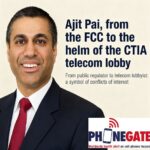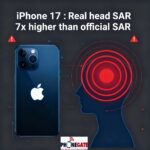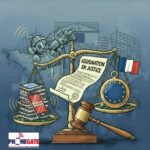An article in the renowned scientific journal, The Lancet, dated 17 April 2019, published the list of agents whose carcinogenicity is proposed to be assessed or reassessed during the period 2020-2024 by the International Agency for Research on Cancer (IARC) of the World Health Organization (WHO). A panel of 29 experts from 18 countries, meeting in March 2019, reviewed and analysed the latest scientific data and studies and classified the agents into two tables: Table 1 for high priorities and Table 2 for medium and low priorities.
Already classified as a possible carcinogen
In June 2011, IARC decided to place mobile radio frequency waves in class “2B”, “may be carcinogenic to humans”, on the basis of an increased risk of glioma, a type of malignant brain cancer associated with mobile phone use.
Reassessment with high priority
After the publication of numerous studies, including the recent National Toxicology Program (NTP) study in November 2018, experts considered that radio frequency waves should be reassessed with high priority (Table 1).
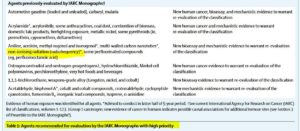
As the authors conclude in the article, it is more than likely that IARC will consider this recommendation:
“In accordance with the provisional standard operating procedure adopted by the IARC Governing Council5, IARC will take this advice into account when selecting agents for future evaluations of monographs, in accordance with the preamble to the IARC monographs1.”
Some scientists for a classification in group 1: carcinogenic
For Canadian Professor Anthony Miller, member of the Phonegate Alert Scientific Committee, former Senior Epidemiologist for the International Agency for Research on Cancer (IARC) and former Director of the Epidemiology Unit at the National Cancer Institute of Canada, who explained in August 2017 at a scientific meeting on the Phonegate scandal in Jackson Hole (USA) organized by Environmental Health Trust (EHT):
“Evidence that wireless is carcinogenic has become more numerous and can no longer be ignored” and he added that the evidence published since 2011 meets the requirements to reclassify radio frequency radiation as a “Group 1: carcinogenic to humans” agent.
Miller explained that his opinion is based, among other things, on recent scientific publications that include the reanalysis of data from the Interphone study in 2017, the French national CERENAT study in 2014, several new publications on Swedish cancer data (in Sweden?) and the 2016 results of the National Toxicology Program.
Public authorities in the face of their responsibilities
For Dr. Marc Arazi, President of Alert Phonegate:
“International public authorities must no longer turn a deaf ear to the growing demands from the scientific community to take into account the health risks associated with mobile phone waves. Especially in the midst of the Phonegate scandal (deception and overexposure of billions of users) and at a time when manufacturers and administrations want to impose 5G technologies at all costs.”
Anthony B Miller video in Jackson Hole US (2017)
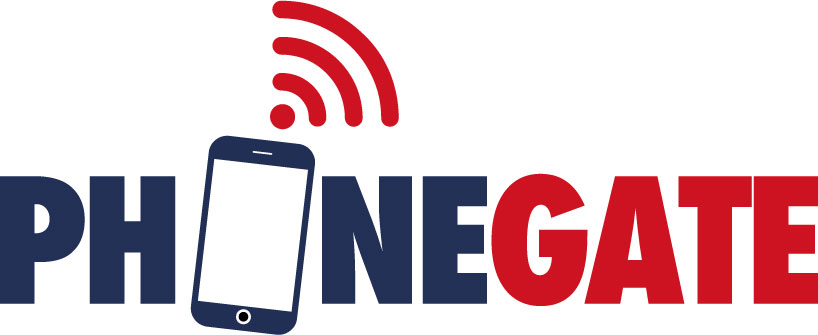
![[Press release] Radio frequency waves are among the agents proposed for IARC to reassess with high priority](https://phonegatealert.org/wp-content/uploads/2019/04/iarch-logo.jpg)
